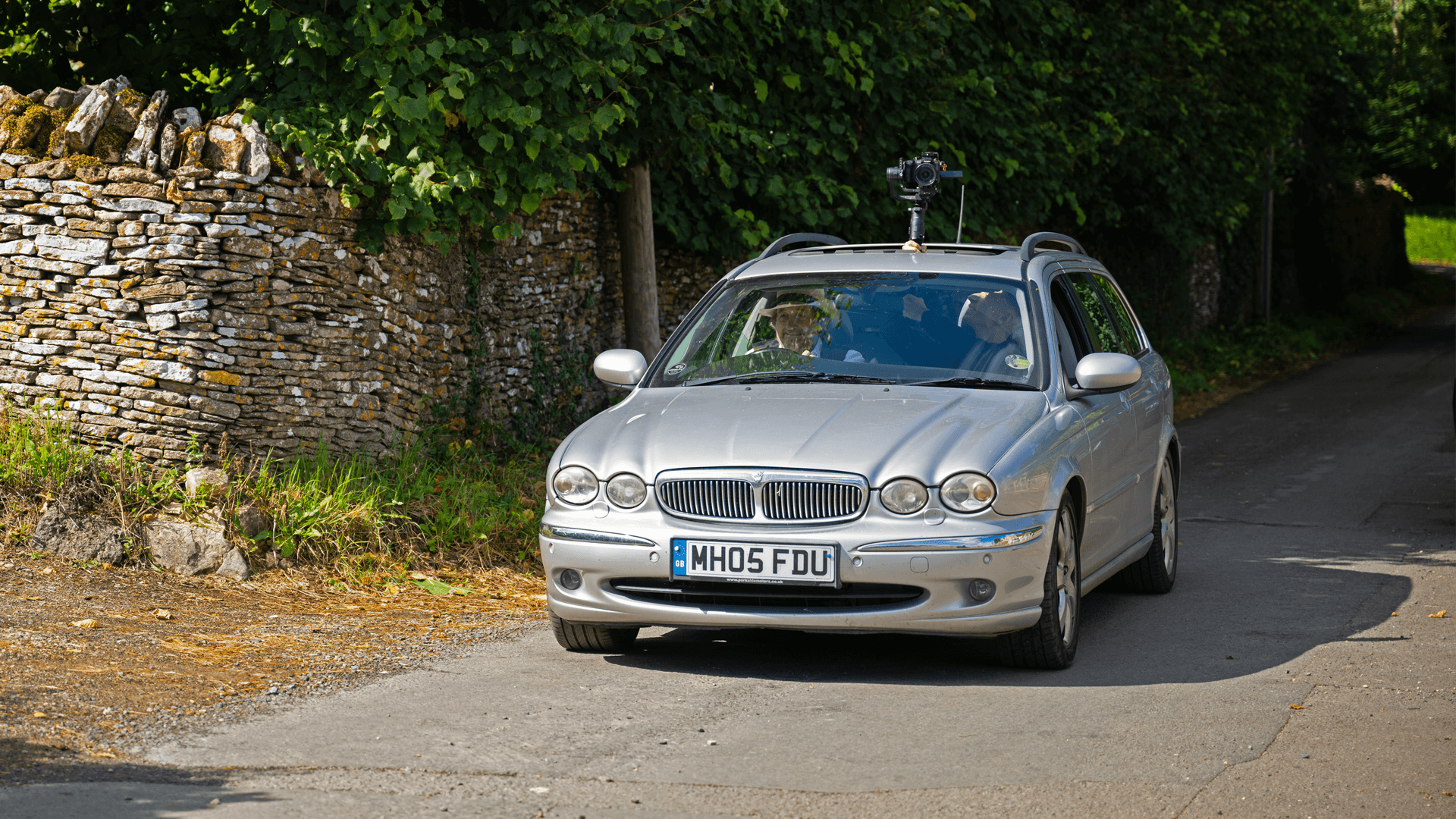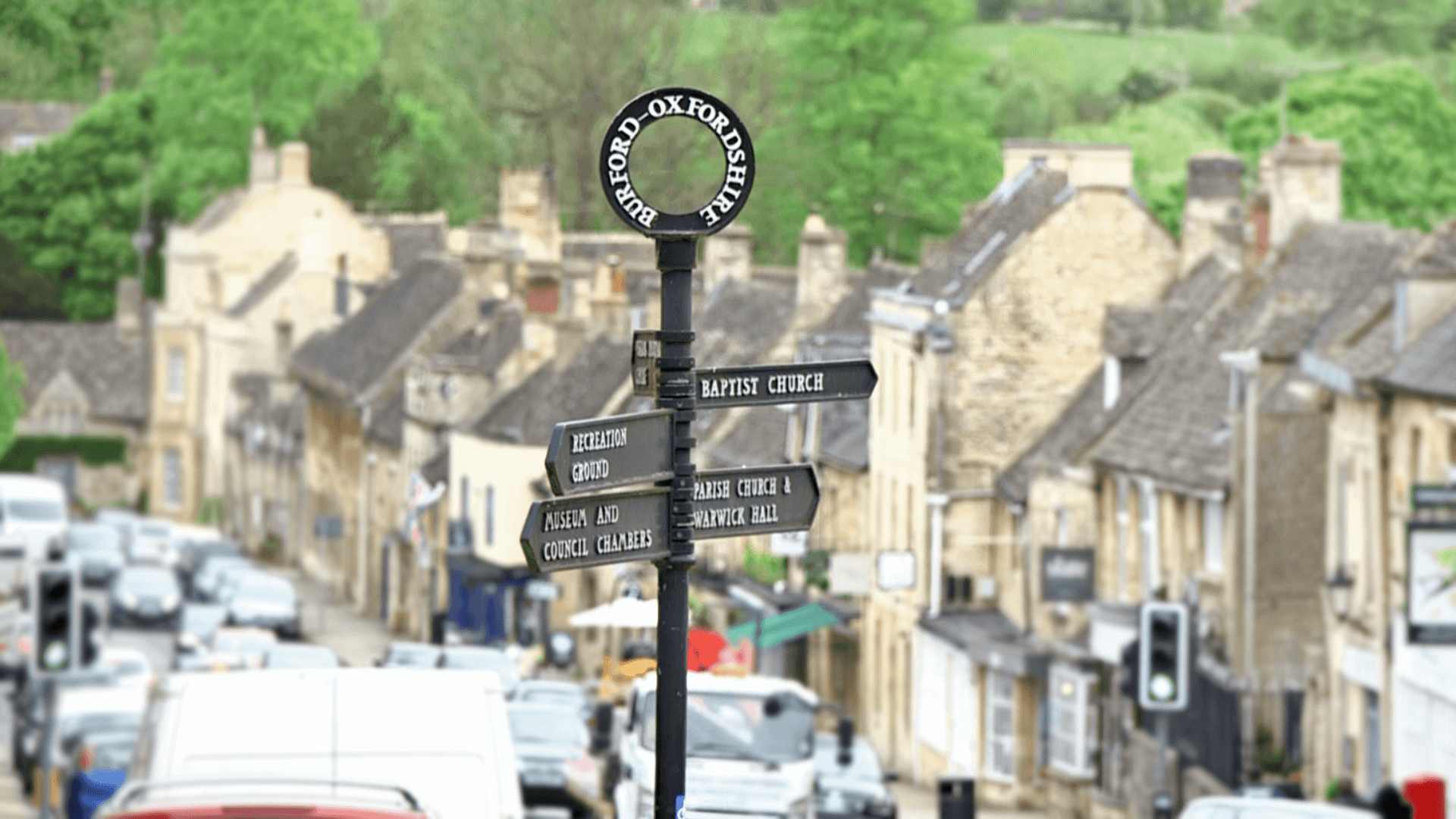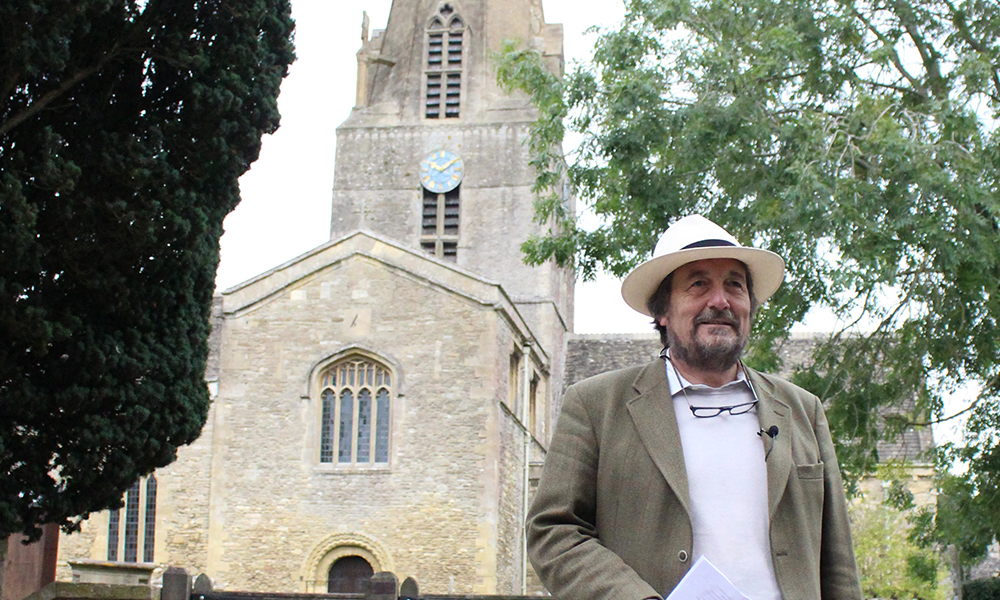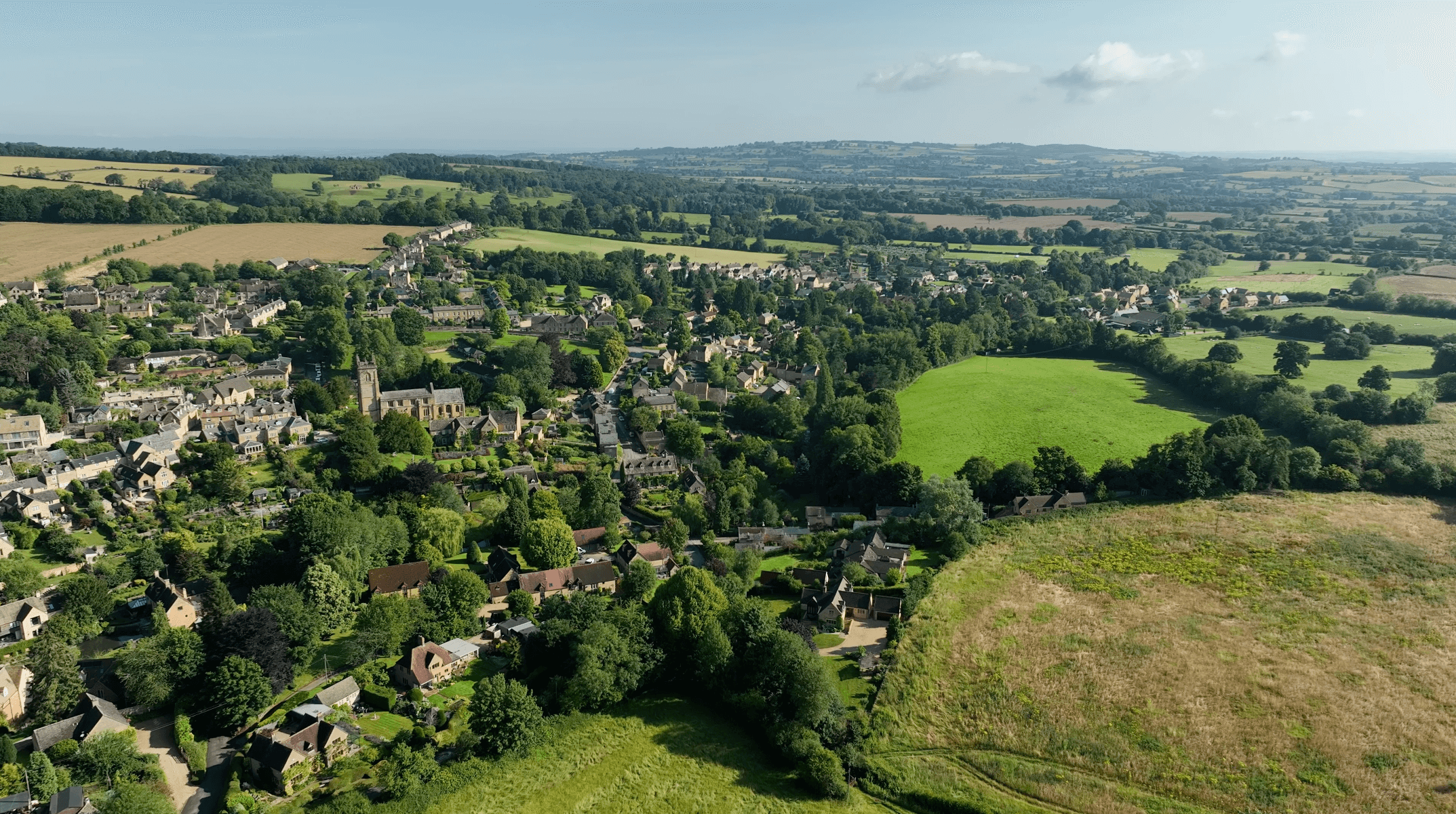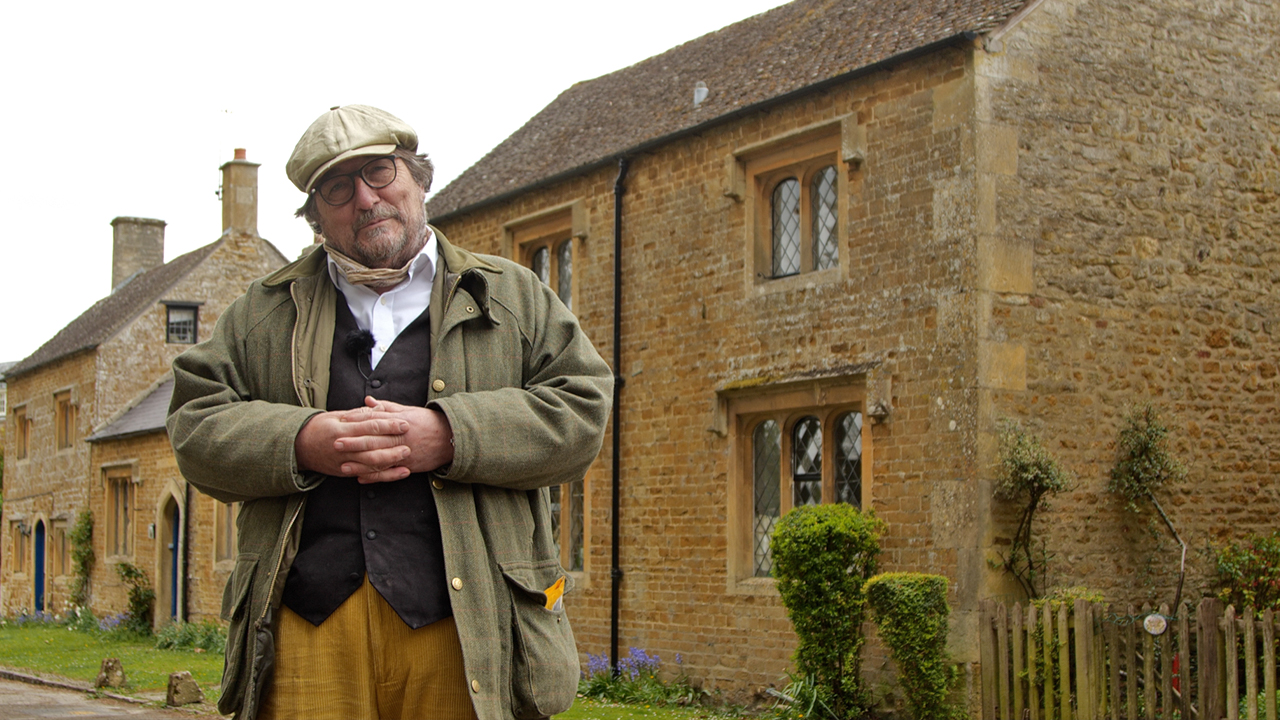In the 13th century there were mills in this village, one a fulling mill and one a corn mill. They were almost certainly situated on the Nethercote Brook which bisects the valley. Neither shows any signs of their presence today.
There was a church here from 1177 at the latest, but in 1835 it was completely demolished, for reasons I am unable to determine, and rebuilt to the design of a famous architect James Trubshaw.
Trubshaw had built what at the time was the largest single span stone bridge in the whole world, over the river Dee at Chester, called the Grosvenor Bridge. It is thought that he was in the vicinity building a big house at Weston Park for one Sir George Philips, and took on the church as a kind of sideline.
Explore More

